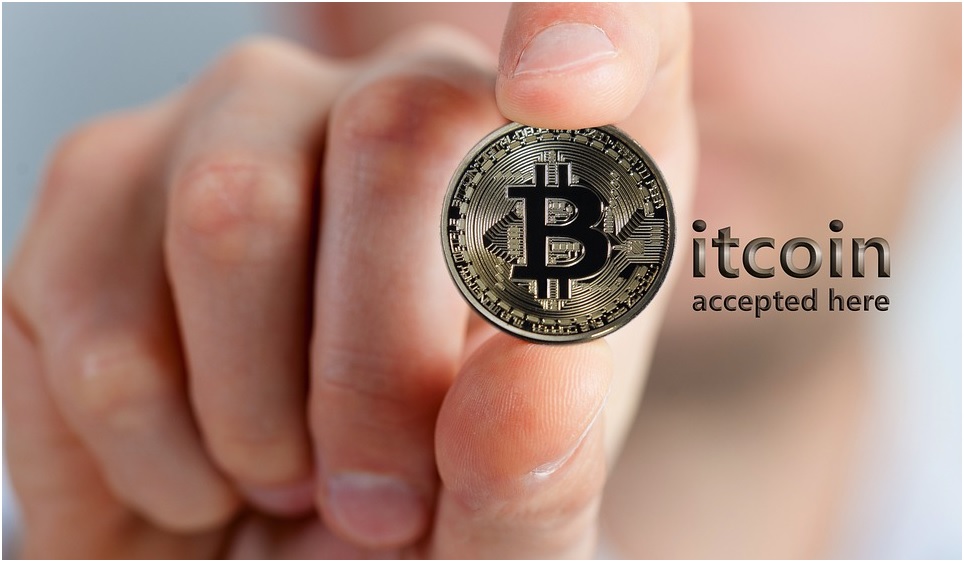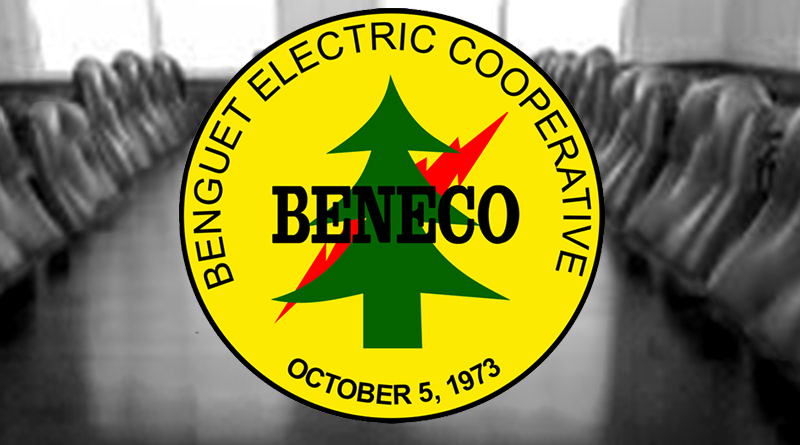It’s been over a decade since the launch of the world’s first cryptocurrency, Bitcoin. On 3 January 2009, the Bitcoin network was launched by the anonymous figure named Satoshi Nakamoto. It took several years to cement itself in the mainstream psyche, but the reality of decentralized digital currencies has come to fruition thanks to its meteoric rise in value and the growing number of use cases for Bitcoin worldwide.
One of the main reasons that have seen the price of Bitcoin soar exponentially in recent years is that there is a finite supply of Bitcoins – 21 million to be exact. Once all 21 million Bitcoins are fully mined – which experts predict will be by 2040 – the value of Bitcoin will be wholly driven by the impact of supply versus demand. It’s also worth noting that the value of Bitcoin has remained largely stable in the midst of the global coronavirus pandemic. If anything, its value has risen amid the COVID-19 gloom, as financial investors seek new safe havens to invest in away from volatile fiat currencies.
Speculating on Bitcoin is also made possible via contracts for difference (CFDs). For those wondering “what is Bitcoin trading?” and whether they need to physically buy and store these digital coins in a cryptocurrency wallet, it’s not necessary with CFDs. Investors worldwide can merely speculate on the rise and fall of the asset in the underlying market. The accessibility of Bitcoin CFDs also makes it possible to trade the value of Bitcoin in the Philippines too.

Nevertheless, Bitcoin could yet become an economic phenomenon in Baguio City and beyond among retailers and consumers alike if the crypto community has their way. In 2011, just one-in-three Filipinos had direct access to the internet. Just eight years later, that figure had been turned on its head, as the likes of Hootsuite named the Philippines as the nation with the highest percentage of active internet users per head. Therefore, it seems inevitable that the number of Filipinos in the cryptocurrency community will rise once they recognize its potential real-world uses.
The current COVID-19 pandemic is a perfect case in point. As retailers and consumers seek safer and more efficient ways of paying for goods and services – such as contactless payments – the argument for using Bitcoin and other cryptocurrencies as a medium of exchange grows louder by the day.
Last February, the Union Bank unveiled its inaugural two-way Bitcoin ATM machine. Located in the bank’s Pasig City headquarters, it enables consumers to buy and sell cryptocurrencies using fiat currency including pesos. The fact that Union Bank unveiled this measure in close partnership with the Bangko Sentral ng Pilipinas (BSP) adds further weight to the belief that cryptos will become commonplace in towns and cities like Baguio soon.
The BSP said in 2017 that Bitcoin had the “potential to revolutionize” the way communities spend their hard-earned income thanks largely to its ability to offer “faster and more economic transfer of funds” to both “domestic and international” transactions. Cross-border transactions are no barrier with Bitcoin and other cryptos and as the world becomes ever more connected, it seems BSP will put its weight behind its “financial inclusion”.
Images: Pixabay
You might also like:

















